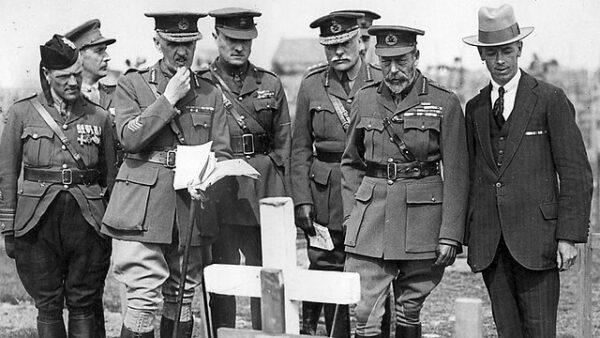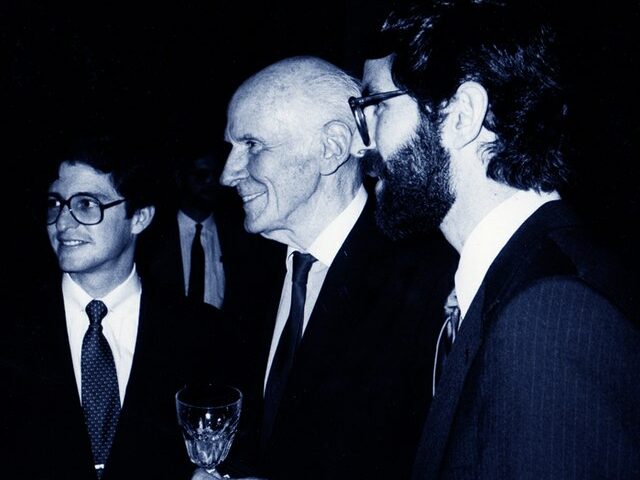In the midst of the First World War—a conflict that had engulfed the globe and pitted empires against each other—King George V of the United Kingdom took a decisive step to distance the British monarchy from its German roots. On July 17, 1917, he issued a royal proclamation declaring that all male-line descendants of Queen Victoria and Prince Albert who were subjects of the Crown would henceforth bear the surname Windsor.
The announcement marked a significant rebranding of the British royal family during a time of intense anti-German sentiment. Britain had been at war with the German Empire since 1914, and public opinion had turned sharply against anything associated with Germany. The royal family, descended from German-born Prince Albert of Saxe-Coburg and Gotha, had retained the dynastic name of Saxe-Coburg and Gotha—a title increasingly seen as unpatriotic by the British press and public alike.
The final straw came in May 1917, when German bombers—known as Gothas—attacked London, killing civilians and stoking public outrage. The coincidence of the royal family sharing a name with the very machines terrorizing British cities was politically untenable. Parliamentarians and editorial writers alike pressed the monarchy to renounce its foreign-sounding name and fully align with British identity and values.
In response, George V’s proclamation struck a conciliatory and resolute tone. “Now, therefore, We, out of Our Royal Will and Authority, do hereby declare and announce that as from the date of this Our Royal Proclamation, Our House and Family shall be styled and known as the House and Family of Windsor,” the king declared. “And that all the descendants in the male line of Our said Grandmother Queen Victoria… shall bear the said Name of Windsor.”
The choice of “Windsor” was a deliberate invocation of English tradition and sovereignty. It drew from Windsor Castle, the centuries-old royal residence and enduring symbol of British monarchy. By choosing a name rooted in national heritage rather than continental nobility, George V signaled a shift away from the dynastic politics of old Europe and toward a more nationally attuned monarchy.
This symbolic shift was more than cosmetic. The same proclamation renounced all German titles held by British royals. The king’s relatives who had previously styled themselves as Princes and Dukes of German realms were compelled to anglicize their names or forfeit their standing in the royal court. Prince Louis of Battenberg became Lord Louis Mountbatten, while Queen Mary’s Teck relatives relinquished their princely designations in favor of more modest British peerages.
The transformation proved a shrewd political move. It helped rehabilitate the monarchy’s image during a period of popular upheaval and uncertainty. By shedding its German affiliations, the House of Windsor reestablished its credibility as a distinctly British institution, loyal to the nation and its wartime sacrifices.
Over the decades, the name Windsor would come to symbolize continuity, stability, and adaptation. From the reign of George V through the reign of Queen Elizabeth II and into the current reign of King Charles III, the House of Windsor has remained the official dynastic name of the British monarchy. Though the royal family has since married into and drawn heritage from a diverse array of European houses, the name Windsor has endured as a unifying emblem of monarchy reshaped for the modern age.






